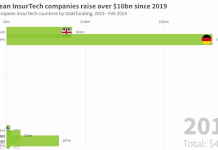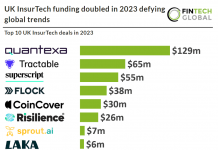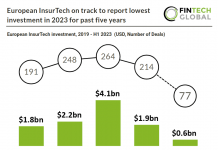For as long as insurance has been around, criminals have been committing insurance fraud. With increasingly sophisticated fraud activity, insurers are turning to artificial intelligence and machine learning. However, they must develop standards to prevent unfair discrimination and remove any bias in these technologies.
The use of data or historical consumer information is key in the underwriting, pricing and risk detection process, as well as the identification and investigation of insurance fraud.
However, Alan Haskins, North America insurance business development director at Quantexa, explained that as the collection of this data increases and its use becomes more sophisticated, there needs to be a conversation to establish standards for how data is utilised throughout the process of obtaining a policy and filing a claim.
In the same way that insurance companies should have a mandated responsibility to protect consumer data, Haskins argued that they should also be required by state law and regulations to identify, investigate, and report suspected insurance fraud.
These two mandates are not mutually exclusive, he added, and the insurance industry can protect consumer information and ethically utilised data sources to prevent, identify, and fight against insurance fraud and financial crime.
Insurers are turning to the use of artificial intelligence, machine learning and algorithms for good reason. They provide better visualisation across legacy systems, as well as isolated and siloed industry data sources.
However, Haskins said that these technical capabilities come with a responsibility to protect and secure consumer data. As such, insurance companies should make data ethics a priority. They can do this by, for example, restricting unauthorised access, making sure data is secure and developing meaningful policies and procedures.
In addition, Haskins stressed that despite the benefits of these innovative technologies, they should never drive or replace human decision making processes, and instead be used to improve the efficiency and effectiveness of an activity.
Read the full post here.
Copyright © 2022 FinTech Global











